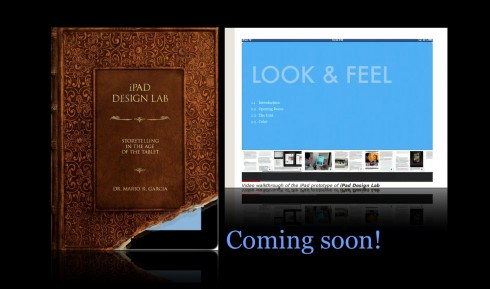TAKEAWAY: Social networking sites advance in their quest of becoming “news” centers of information. Facebook wants to catch up with Twitter as the place where news breaks. It’s all about consequence and engagement.

In case you have not read it yet, I recommend this piece published in The Verge.
In a nutshell: Writer Ellis Hamburger relates his experience visiting Vadim Lavrusik, a “Journalist Program Manager” attempting to make Facebook as important a destination as Twitter for news.
Those are the first few lines in the piece, and the rest is just as interesting.
We already know that news nowadays breaks on Twitter. It is an accepted fact and there are plenty of recent news events to verify it.
So Facebook wants to be part of the process—-and, in some cases, it is already. I refer to Twitter and Facebookas the central squares, where the masses gather for all types of information. Breaking news being a part of it.
The Facebook News Feed
About 500 million people per day see the Facebook News Feed. Amazing number, but not surprising, knowing what we know about the impact of Facebook and how it has become a part of our daily ritual, one stop we make on the way to or from whatever else we are doing. And not once a day, but perhaps several times a day.
Perhaps one of the highlights of the piece on The Verge is when the writer asks Mr. Lavrusik about the difference between News Feed and a news website like The New York Times .
“It’s as if he doesn’t really think of the two media as different forms at all, but instead two brothers: one medium contains current stories written by friends, while the other contains current stories written by journalists.”
One could say that the differences are greater than that, of course. A traditional news website presents material curated by editors who follow a prescribed agenda based either on their publications’ philosophy of what constitutes good and necessary content (this may be different for The New York Times and a regional newspaper, for example).
The Facebook News Feed, as we know well, reflects a more spontaneous, highly personal and less cohesive mix of items.
We need both, in my view, and I, for one, cannot imagine one of these two choices of getting information replacing the other. But I can’t help but think that for years we only had the news as selected and processed by editors, who followed their own agenda.
We were missing out on a lot of great and entertaining rich information, which Facebook’s News Feed provides.
The thought that this piece from The Verge brings to mind is whether Facebook’s News Feed, or others like it that may come along in the future, will continue to make inroads in the areas traditionally covered by “official” news websites such as The Times. Is the aim of Facebook to make their News Feed a one stop shopping trip for media consumers?
Will I open my Facebook page to find the top 10 news items that I must know, combined with news about what my friends in Germany or Sweden did last night, and the photos of my grandchildren at a little league game or a school talent show?
A sign in Vadim Lavrusik’s page” title=“Facebookpage”>Facebookpage reads:
“Journalism isn’t dying. It’s being reborn.”
He could add “…reshaped by the people’s own concept of what is news, what is important and what they relate to.”
It is about what has consequence, which was always on every journalism textbook about the determinants for what makes news.
What those old journalism textbooks did not mention was the level of engagement that the audience demands.
Facebook apparently sees consequence and engagement as the two forces that will shape its future.
We in the media should concentrate on those two forces as well.
The iPad Design Lab: Storytelling in the Age of the Tablet

Video walkthrough of the iPad prototype of iPad Design Lab
